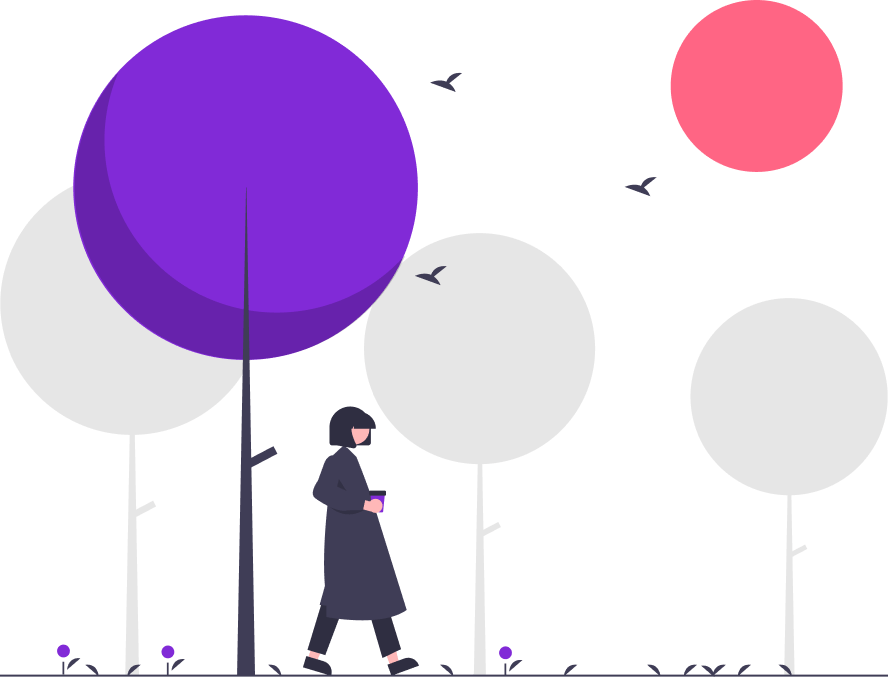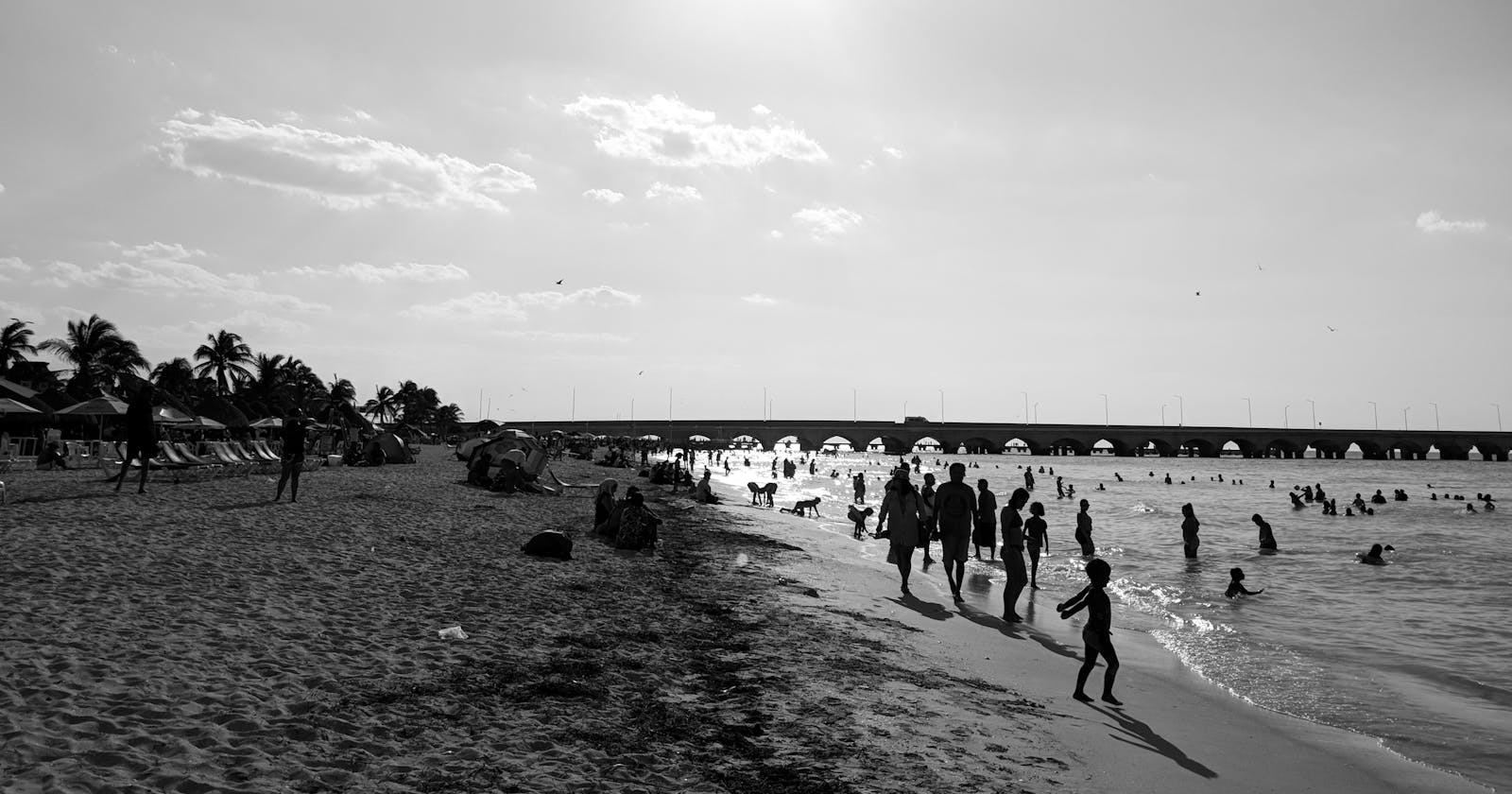Taking advantage of Flow State
Two techniques to get flow in a consistent way.
The first software company I worked for had a space where any team member could give a talk about any topic they wanted.
One day, someone gave a talk about The 5AM Club book, in which the idea is to help you create a 1-hour morning routine that enables you to be more productive during your day. The suggested routine is:
Do 20 minutes of exercise.
Do 20 minutes of meditation.
Take the last 20 minutes to learn something.
I was curious, so I decided to try it out.
After a week, I was finding myself being more productive, but not only that, I was also enjoying more my work.
I got a certain feeling of being present that reminded me of the times when I'm outside taking pictures and get so focus, that I eventually end up forgetting about the real world, and I would just observe everything, thinking about what my next photo should be and how I was going to compose it.
To give you an example, I can tell you about the time I went to the beach with some friends, I remember being on the seashore, and in the matter of seconds, I turned left and saw the sun, the shadows, and as I began to feel the light, the time began to slowdown, I could only hear the waves, a seagull, and a kid running into the sea. All I saw was silhouettes, and a clear image taking shape in my head. Finally, I raised my phone, and took the picture.

I used to call this phenomenon photography mood. However, I discovered a term that describes exactly what that being present feeling is.
The Flow State
I read about this term in Sarah Drasner's article Why flow matters more than passion where she describes it as follow:
The phenomenon in which a person is fully immersed in an activity that leads to focus, energized involvement, and enjoyment. A person in flow state is no longer thinking of multiple things, or even their sense of self, but is singularly focused on a task or challenge.
In my journey into the tech world, I've learnt to take advantage of the flow state, I see a lot of benefits in it.
Solve complex problems: When in flow, complex problems seem easier than they really are.
Keep myself motivated: There is something about the flow state that generates motivation when the flow is consistent. Better yet, this motivation last longer, it is intrinsic motivation.
Work Smarter: When in flow, I might end a task that would normally take me a whole day in three or four hours. This allows me to use the remaining time to:
Rest from work.
Learn.
Improve the result of my task.
Work on contributions outside my role.
This, far from seeing it as stolen time from my company, I see it in a way in which I can generate more impact and improve the way people in the company see me.
Although this flow thing sounds good, it's not a switch you can get on and off whenever you want, but I think you can train your mind in a way that you can get into flow state in a more consistent way.
Generative Mental Spaces
Flow state happens when the subconscious mind takes over. If we want to enter flow state more often, we need to practice turning off our conscious mind and we need to do this consistently.
One way to do this is to create spaces in your day/week where you have no agenda, no pressure of accomplish something. These spaces are called Generative Mental Spaces, and they need to meet certain characteristics:
They have no agenda, no pressure of accomplish something.
It needs to be an activity in which your subconscious mind works more than your conscious mind.
You need to do this consistently (make it a habit).
For example, my go to space is to take pictures. This space is normally me walking around observing and taking pictures without a goal and I tend to do it once a week.

Transitions
It is important that you let your mind and body know that you're entering an activity that requires you to be present. We need a way to transition from the world into our activity, this will help us to be present, and (hopefully) trick your mind into flow.
These transitions are little activities that you do before your main activity, and they have the following characteristics:
They take no more than, let's say 20 minutes.
They help you being present and clean the noise in your mind.
You do them before your main activity, everytime.
For example, before starting a drama class we do an exercise called exploring the space (caminar por el espacio), which consist of the group walking around the classroom while trying to have a balanced space between each person. During this exercise, the teacher instructs us to relax, breath and walk at different paces and levels. This transition allows us to leave the world behind and be present for the rest of the class.
In my day to day, a common transition activity is to clean my house/room/desk, depending on the day. After cleaning, I take a shower and then I start working.
Conclusion
I see the Flow State as a powerful tool to be better in my job. Unfortunately, is not a switch I can get on and off whenever I need it. This is why I've identified two strategies that help me get into Flow State more often:
Generative Mental Spaces
Transitions
By applying those strategies in my life, I'v been able get good results in my work. I'm still generating more ideas around this, so these are just my conclusions until now.
However, I hope you find these ideas useful, and if you do, let me know. :)

